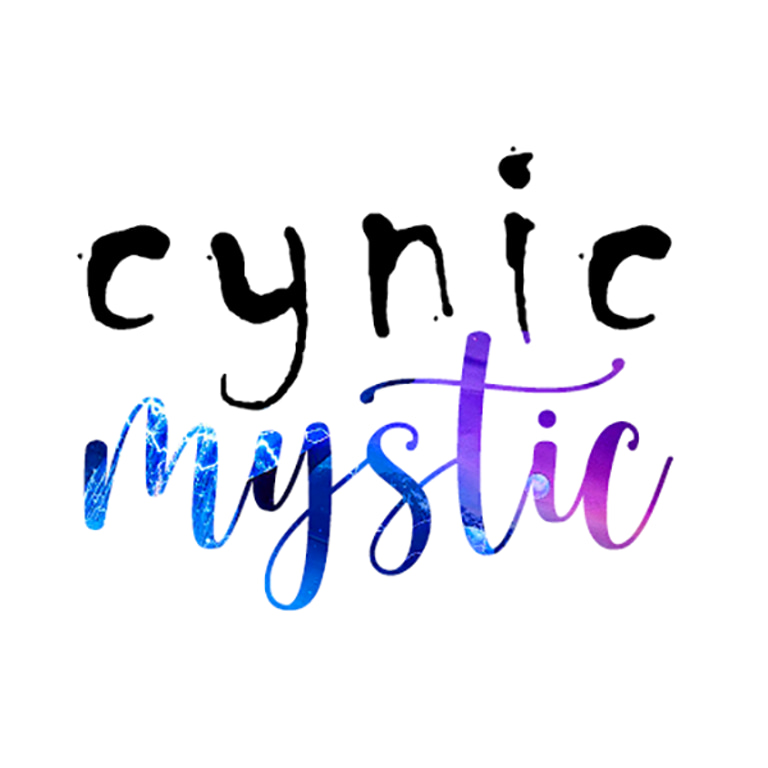
What is Tarot?
Tarot (rhymes with "arrow") cards are an illustrated deck of 78 that have been used for centuries. They were invented in the 1400's and were used for card games, just like regular playing cards. There are a lot of similarities, in fact: both have four suits that run Ace-10; both have "court cards" like kings and queens. In tarot, these 56 suit cards are known as the Minor Arcana, and the four suits are Wands, Cups, Swords, and Coins.
Tarot cards also have "archetype" cards. There are 22 of these in total, and they represent natural phenomena, major life themes and spiritual lessons, such as the Sun, the Moon, Justice, Strength, and the World.
Each of the 78 cards contains rich symbolism and archetypal imagery that can be interpreted in various ways depending on the context, the reader's intuition, and the specific question being explored. Tarot decks then have additional visual imagery depending on their style and designs.
My readings are traditional, where the deck is shuffled well, and then cards are drawn face-down and arranged in specific patterns called "spreads." Different spreads have different purposes and tell different stories. The position of each card in the spread, combined with its inherent meaning, creates a narrative that can offer insights into past influences, present circumstances, and possible future outcomes.
Contrary to popular misconception, tarot cards don't claim to predict an absolute future but rather illuminate potential paths and perspectives that might otherwise remain hidden from conscious awareness.
My approach, a common one, is that tarot is a psychological tool rather than a supernatural one, and the cards are to be viewed as mirrors that reflect the unconscious mind and stimulate intuitive thinking. The rich imagery in tarot can serve as a bridge between the conscious and unconscious, helping individuals access their inner wisdom and consider situations from new angles. This perspective aligns with Carl Jung's concept of archetypes and the collective unconscious, suggesting that tarot imagery taps into universal human experiences and patterns.
